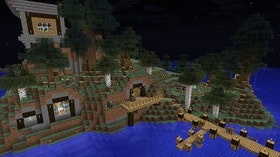Homepage
•
Learning Library
•
Blog
•
Wildly popular, then off the grid, virtual worlds are back in ed tech
Expand breadcrumbs
Expand breadcrumbs
- Learning Library
- Blog
- Wildly popular, then off the grid, virtual worlds are back in ed tech
- Homepage
- •
- Learning Library
- •
- Blog
- •
- Wildly popular, then off the grid, virtual worlds are back in ed tech
Wildly popular, then off the grid, virtual worlds are back in ed tech
By Team ISTE
February 18, 2015








